🕓 2025/3/17
#観光地
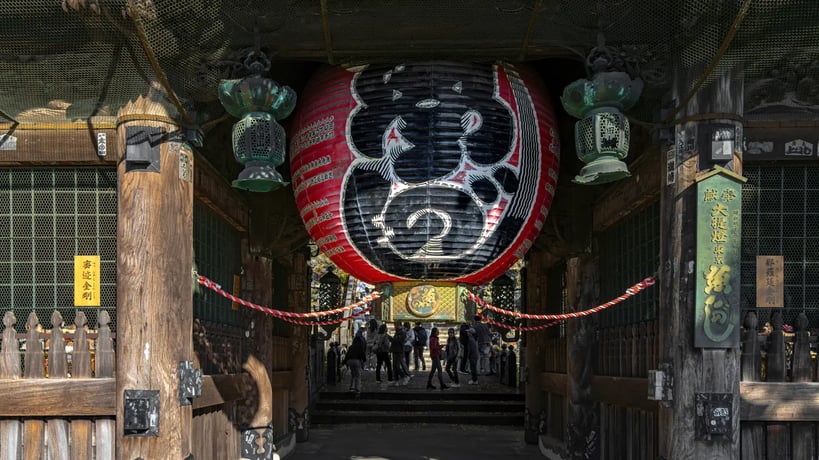
Table of Contents
- Naritasan Shinshoji | A Historic Temple Over 1,000 Years Old
- Daifukuji Cliff Kannon | A Stunning Cliffside Temple
- Suigo Sawara | A Charming Edo-Era Town
千Top 3 Must-Visit Attractions in Chiba
ー What is Chiba? ー
Chiba Prefecture is a captivating region where stunning Pacific Ocean beaches, lush nature, and vibrant cities coexist harmoniously. Home to Narita International Airport, Chiba serves as Japan’s gateway to the world. While known for its transportation hub, the prefecture also boasts a diverse range of tourist attractions, including historic temples, breathtaking coastal landscapes, and world-class seafood cuisine. The Boso Peninsula offers dramatic natural scenery and a mild climate, making it an ideal destination for year-round leisure activities.
When it comes to entertainment, Tokyo Disneyland and Tokyo DisneySea stand out as two of Japan’s most iconic theme parks. These attractions welcome millions of visitors from around the world every year, offering unforgettable experiences suitable for all ages.
Chiba perfectly balances the convenience of urban life with the tranquility of nature, making it an appealing destination for both domestic and international travelers.
1. Naritasan Shinshoji | A Historic Temple Over 1,000 Years Old
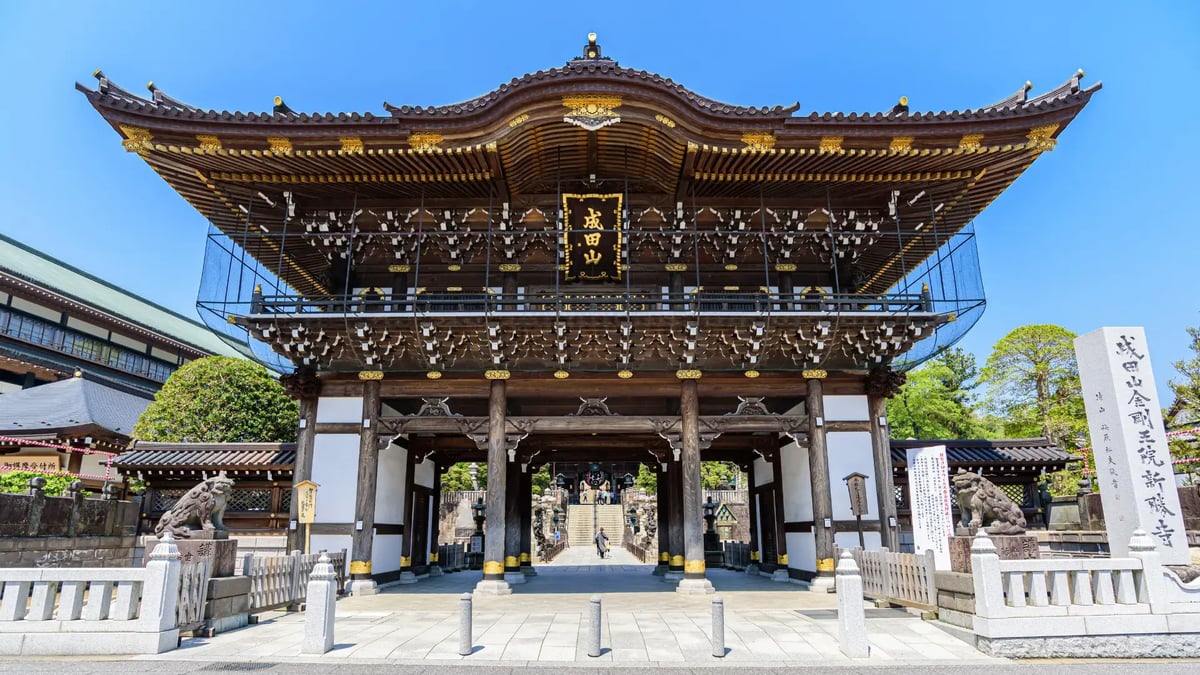
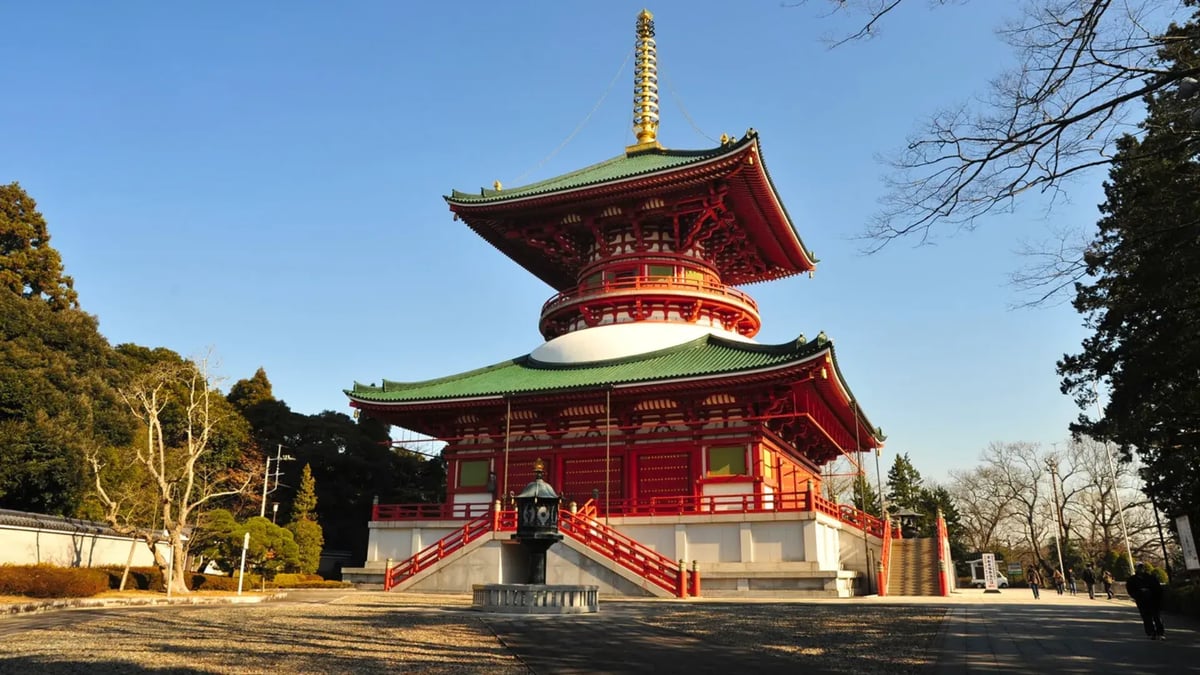





● The Appeal of Naritasan Shinshoji Temple
Naritasan Shinshoji Temple is a renowned Buddhist temple of the Chizan School of the Shingon sect, located in Narita City, Chiba Prefecture. With a history spanning over 1,080 years, it is one of Japan’s most significant temples. It was founded as a place of prayer to bring peace during the Taira no Masakado Rebellion, and ever since, it has been a major center of devotion. The temple is especially famous for hatsumode (New Year's shrine visits), attracting approximately 3 million visitors during the first three days of the year.
The temple grounds are filled with notable sights. The Main Hall (Daihondo), built in 1968, serves as the temple’s spiritual core, where daily Goma fire rituals are conducted to honor Fudo Myo-o, the principal deity. The Three-Storied Pagoda (Sanju-no-to) and the Niomon Gate, both designated as Important Cultural Properties of Japan, showcase exquisite carvings and detailed decorations that are well worth seeing.
Beyond its religious significance, the temple is home to the Naritasan Park, a vast garden covering 165,000 square meters. This beautiful park offers a tranquil setting for walks and seasonal scenery, making it a perfect place to enjoy the changing colors of nature throughout the year.
With its rich history, cultural importance, and natural beauty, Naritasan Shinshoji Temple remains one of the most cherished spiritual sites in Japan.
● The History of Naritasan Shinshoji Temple

Naritasan Shinshoji Temple, located in Narita City, Chiba Prefecture, has a long and distinguished history of over 1,080 years. It was founded in 939 CE during the reign of Emperor Suzaku when Priest Kancho was sent to the Kanto region with an image of Fudo Myo-o to perform Goma fire rituals to quell the rebellion led by Taira no Masakado. After the conflict was resolved, the temple was officially established as Shinshoji ("New Victory Temple") to commemorate the divine intervention of Fudo Myo-o.
Throughout the centuries, the temple gained significant patronage from powerful samurai leaders, including Minamoto no Yoshiie, Minamoto no Yoritomo, and Chiba Tsunetane. During the Edo period, the temple’s influence expanded further due to its connection with the kabuki actor Ichikawa Danjuro I, who was a devoted follower of Fudo Myo-o. His performances featuring the deity helped popularize Naritasan among commoners, leading to an increase in temple visitors.
Today, Naritasan Shinshoji Temple remains one of the most visited temples in the Kanto region, attracting nearly 10 million visitors annually as a center of faith, culture, and history.
● Access to Naritasan Shinshoji Temple
- Address: 1 Narita, Narita City, Chiba Prefecture, 286-0023, Japan
- By Car: About 20 minutes from Narita Airport; parking is available nearby.
- By Train: A 15-minute walk from either JR Narita Station or Keisei Narita Station.
- By Bus: Direct bus service available from Narita Airport to Naritasan Shinshoji Temple.
- Google Maps: 成田山新勝寺(Google マップリンク)
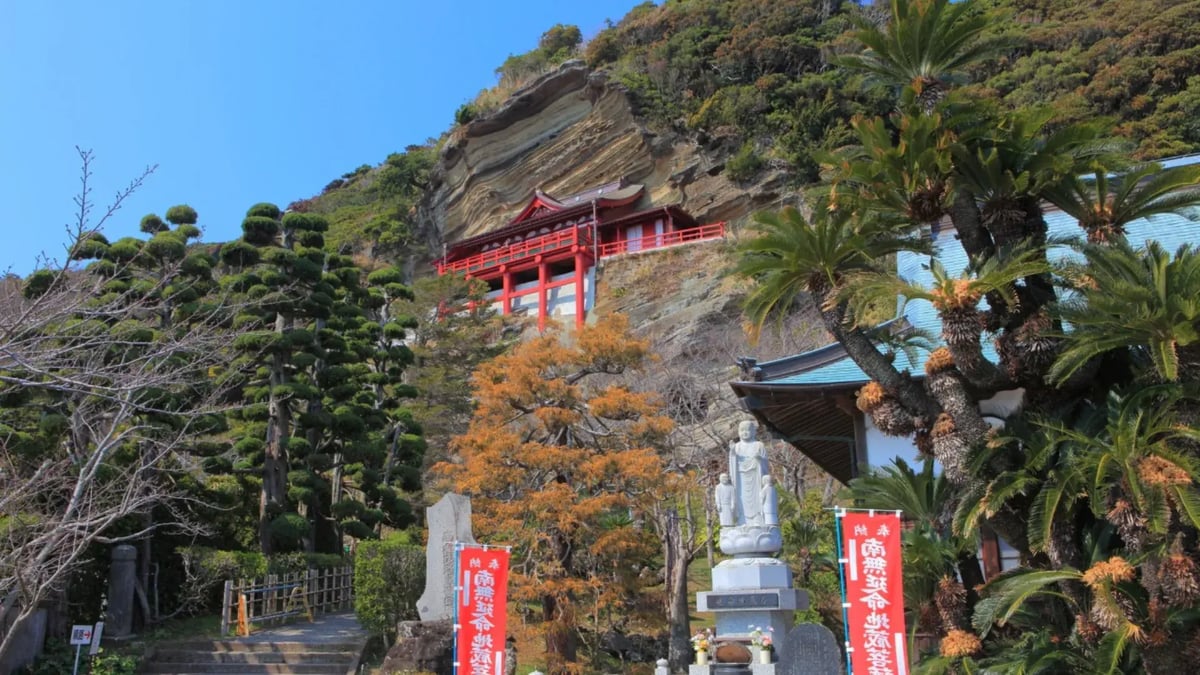
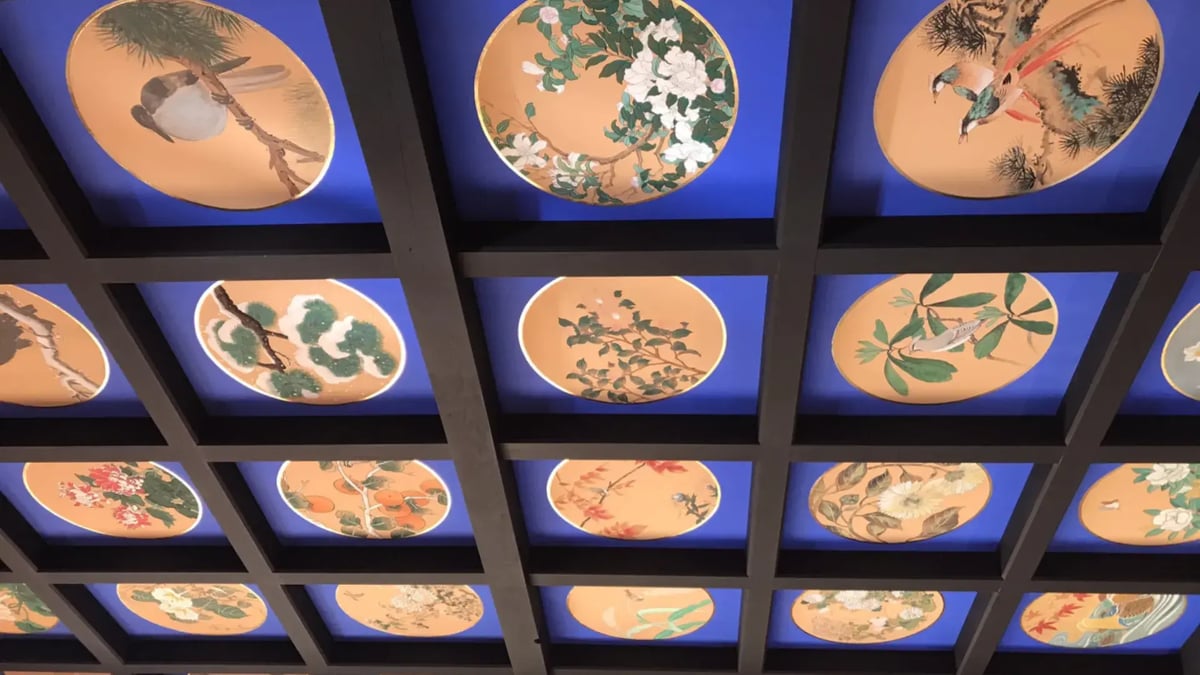




● The Appeal of Daifukuji Cliff Kannon
Located in Tateyama City, Chiba Prefecture, Daifukuji, commonly known as Cliff Kannon, is a remarkable Buddhist temple built on a cliffside of Mount Funakata. True to its name, the temple’s striking vermilion-colored Kannon Hall, perched on the mountainside, offers breathtaking views of Tateyama Bay. On clear days, visitors can even see as far as Izu Oshima, making it a popular scenic spot.
One of the temple’s most significant features is the 11-faced Kannon Bodhisattva, considered the oldest rock-carved Buddha in Chiba Prefecture. This sacred figure is directly carved into the rock face and has withstood the test of time for centuries. It is recognized as a Tateyama City Tangible Cultural Property and draws numerous visitors seeking spiritual blessings.
The temple’s ceiling art is another highlight, featuring 108 beautifully painted depictions of local flora from the Minamiboso region. This artistic display enhances the temple’s aesthetic beauty, creating a unique blend of natural and spiritual serenity.
● The History of Daifukuji Cliff Kannon

Daifukuji, also known as Cliff Kannon, is a Shingon Buddhist temple located in Funakata, Tateyama City, Chiba Prefecture. Its history dates back to 717 CE, when the renowned monk Gyoki visited the area. According to legend, he carved an 11-faced Kannon Bodhisattva into the mountain’s rock face to pray for the safety of local fishermen and bountiful catches. Later, the prominent Tendai monk Ennin (Jikaku Daishi) built the Kannon Hall, establishing the temple as a place of worship.
Although the exact transition from Tendai Buddhism to the Shingon school remains unclear, historical records indicate that Daifukuji received an official temple seal (shuinjo) from the Edo shogunate, solidifying its religious status during the Edo period.
A major fire broke out at the temple in February 1653, destroying its temple seals, treasures, and religious artifacts. Although the temple was rebuilt, it suffered repeated damage over the years due to heavy storms and the Great Kanto Earthquake. The current Kannon Hall was reconstructed in 1925, and between 2015 and 2016, the temple underwent extensive seismic reinforcement, roof repairs, and a fresh application of vermilion paint. It officially reopened for visitors in July 2016.
● Access to Daifukuji Cliff Kannon
- Address: Kanaya, Futtsu City, Chiba Prefecture, 299-1861, Japan
- By Car: Parking is available nearby.
- By Train: Take the JR Uchibo Line to Futtsu Station, then take a bus (approx. 20 minutes).
- By Bus: Direct bus service from Futtsu Station to Daifukuji.
- Google Maps: 大福寺 崖観音(Google マップリンク)
3. Suigo Sawara | A Historic Town with Edo-Era Charm






● The Appeal of Suigo Sawara
Suigo Sawara is a historic town known for its picturesque waterways and well-preserved Edo-period streetscapes. Along the Ono River, traditional merchant houses and storehouses from the Edo to Meiji periods stand in harmony, creating a nostalgic atmosphere often referred to as “Koedo” (Little Edo). This area was the first in the Kanto region to be designated as a National Important Preservation District for Groups of Traditional Buildings, ensuring the protection and promotion of its historical charm.
One of the unique aspects of this town is the living heritage of its buildings—many of the historic merchant houses still function as active businesses. Among these landmarks is the former residence of Ino Tadataka, the renowned cartographer who created Japan’s first accurate map. Visitors can explore his former home and see replicas of the surveying equipment he used.
Throughout the year, Sawara hosts a variety of traditional festivals. One of the most famous is the Sawara Grand Festival, a 300-year-old event held twice a year (summer and autumn). The festival features elaborate festival floats parading through the streets, attracting many tourists who come to witness this spectacular display of Japanese heritage.
● The History of Suigo Sawara

The history of Suigo Sawara dates back to ancient times, when the area developed as a monzen-machi (temple town) of Katori Shrine. Originally a rural village, Sawara transformed into a bustling commercial and trade hub over the centuries. During the Edo period, Tokugawa Ieyasu’s Tonegawa River Diversion Project redirected major waterways, making Sawara a key distribution point between Edo (Tokyo) and the Tohoku region. This transformation led to remarkable prosperity, with the town earning the nickname “Edo Masari” (Surpassing Edo), due to its wealth and cultural influence.
Many of the buildings along Ono River and Katori Highway were constructed from the late Edo period to the early Showa era, reflecting traditional wooden townhouse and storehouse architecture. In recognition of its historic value, Sawara was designated as a National Important Preservation District for Groups of Traditional Buildings in 1996.
Additionally, Sawara is famous for its connection to Ino Tadataka, who was adopted into a merchant family in this town. His former residence and a memorial museum serve as reminders of his contributions to Japanese cartography, giving Sawara the reputation of “The Town of Maps.”
● Access to Suigo Sawara
- Location: Sawara, Katori City, Chiba Prefecture, Japan
- By Car: Parking is available nearby.
- By Train: Take the JR Narita Line to Sawara Station, then walk a few minutes.
- By Bus: A local city loop bus is available from Sawara Station to various locations within the historic district.
- Google Maps: 水郷・佐原と小江戸の街並み(Google マップリンク)
■ Related Articles
